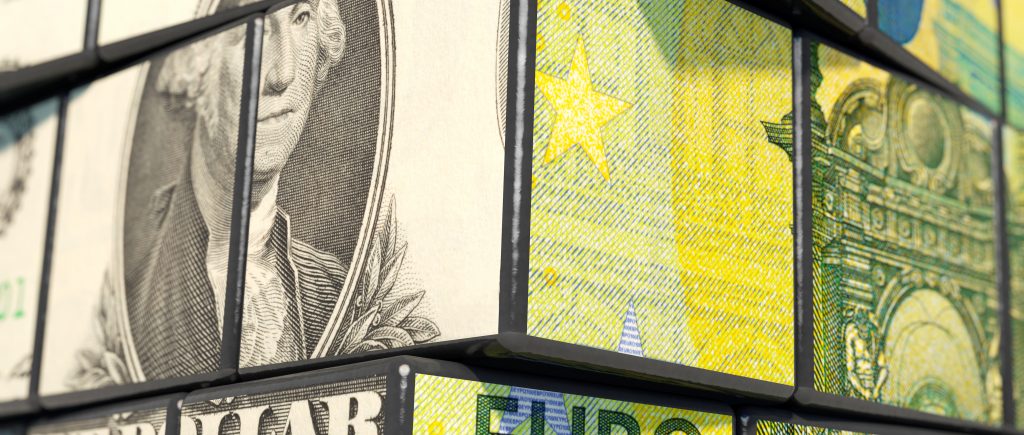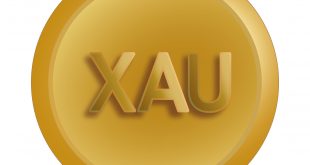The euro weakened below the 1.16 mark on Thursday, weighed down by diverging central bank strategies in the United States and the Eurozone. The European Central Bank kept interest rates unchanged, while the U.S. Federal Reserve’s recent quarter-point rate cut carried a hawkish tone, hinting at a possible pause in further easing.
In its statement, the ECB described its monetary policy stance as being “in a good place,” noting that risks to growth have eased amid signs of resilience in the European economy. The easing of global tensions — including a trade truce between the U.S. and China and calmer conditions in the Middle East — has helped reduce downside risks, even as inflation remains below the bank’s target. Updated economic forecasts through 2028 are expected at the ECB’s December meeting, where policymakers may debate further measures if inflation continues to lag.
Across the Atlantic, the Fed’s decision to cut rates by 25 basis points reflected a split among officials. The central bank highlighted a still-firm labor market and only moderate signs of slowdown, suggesting that monetary policy may now be near a neutral level. The Fed Chair underscored that another rate reduction in December is “not a foregone conclusion,” reinforcing market expectations of a pause in policy easing.
The U.S. dollar gained broadly following the Fed’s stance, pushing the euro lower. Sentiment was further supported by fresh optimism surrounding trade relations between Washington and Beijing, after a meeting between the two presidents produced agreements on agricultural purchases and rare earth exports, signaling renewed cooperation between the world’s two largest economies.
Market analysts note that the euro’s decline reflects growing confidence in the U.S. economy relative to its European counterpart. With the euro now trading near 1.1560, investors are eyeing the 1.15 level as the next key support, while a rebound above 1.16 could stabilize the pair in the short term.
Overall, the day’s moves highlight the widening policy gap between the Fed and the ECB — a divide that continues to shape the global currency landscape as both sides navigate slowing growth, subdued inflation, and shifting geopolitical winds.

 Noor Trends News, Technical Analysis, Educational Tools and Recommendations
Noor Trends News, Technical Analysis, Educational Tools and Recommendations




